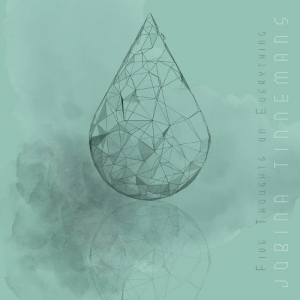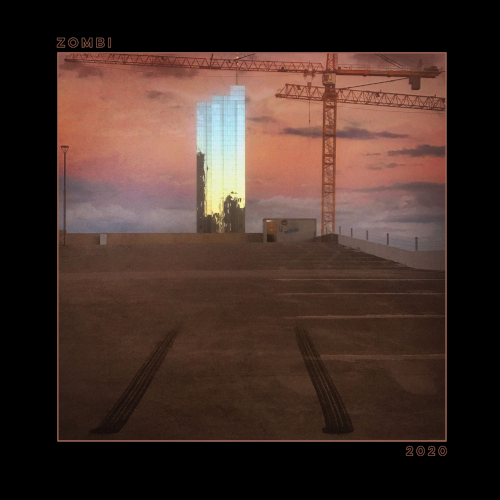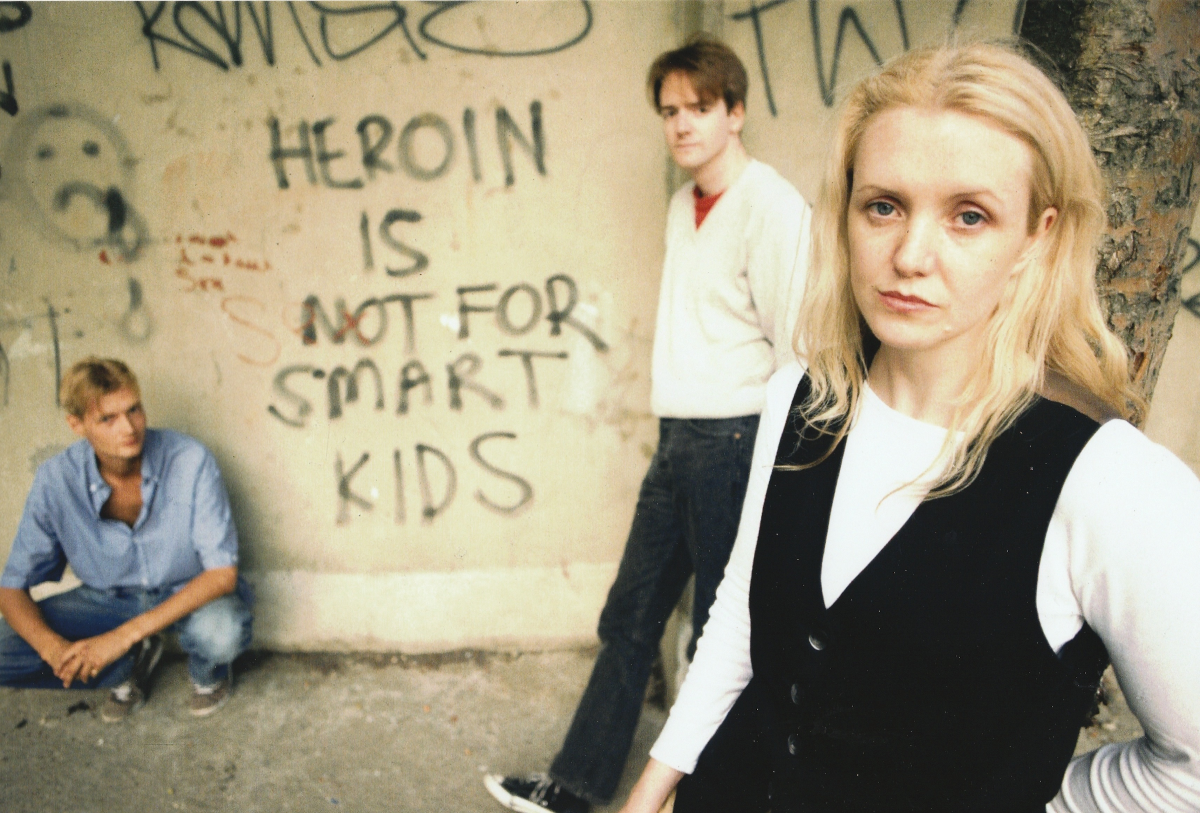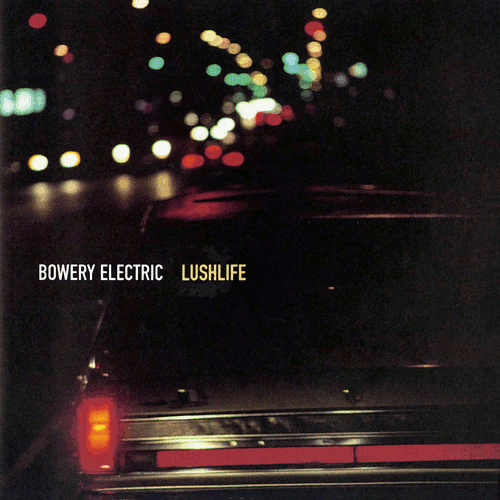 It might be that “landscape”‘ is as much defined by borders as it is landmass. Jobina Tinnemans‘ music (arguably) has a dual relationship with landscape — when we say the landscape of electronic music, we might mean IDM, electronica, soundscapes, field recordings (etc), each with their own borders. Tinnemans is clearly not beholden to such impermeable notions of border. But I’ll get to that in a minute. Much of the field recordings here seem to be very specific (although only alluded to) — an Icelandic beach, birdsong, something like being submurged, etc.
It might be that “landscape”‘ is as much defined by borders as it is landmass. Jobina Tinnemans‘ music (arguably) has a dual relationship with landscape — when we say the landscape of electronic music, we might mean IDM, electronica, soundscapes, field recordings (etc), each with their own borders. Tinnemans is clearly not beholden to such impermeable notions of border. But I’ll get to that in a minute. Much of the field recordings here seem to be very specific (although only alluded to) — an Icelandic beach, birdsong, something like being submurged, etc.
https://www.youtube.com/watch?v=T49XLvTmzNM
Possibly the most striking thing is the sense of space this record creates — “Djúpalónsdottir & Hellnarson” seems to features beach sounds from Iceland, a vocal choir imitating birds, some lapping shoreline. Focus gradually shifts, perhaps cinematically, from the burr of the beach to the increasingly agitated voice sounds. It’d be so easy to make this a typical “avant”, post-György Ligeti vocal work, but it feels more like the field recordings — the sense of being in a specific place — leads the work, rather than Tinnemans imposing excessively on her soundworld. The song title is potentially a clue — Djúpalónssandur seems to be an Icelandic beach, Hellnar a fishing town, and “dottir” / “son” suggesting their parentage (as per Icelandic tradition)… though importantly it doesn’t feel like areas in Iceland are being represented so much as they are the condition of the music.It’s probably the case that your sound-geek sort would dig this a lot — there was a sound very much like a Trautonium in opener “Midtone In G” and there’s plenty of synthular treats elsewhere. But it’s not the whole picture by any means — this is a fine, succinct, gently intelligent collection of compositions, visiting plenty of stops on electronic music’s map, but resolutely settling a town all of its own.
-Kev Nickells-



